Winter is approaching, and preparing your garden is essential. If you own plants such as bougainvillea, hibiscus, or jasmine, this article will provide you with useful knowledge to take better care of them. Let’s explore 10 types of plants that need pruning before winter to have a vibrant garden!
1 Bougainvillea
is a sun-loving plant and cannot tolerate cold temperatures. When the temperature drops below 8°C, it is recommended to move the plant to a sheltered area, protected from frost, to safeguard it. Pruning before winter will help bougainvillea conserve energy and focus on nurturing new flower buds, while also removing weak and diseased branches, allowing better airflow and light absorption.
For smaller bougainvillea plants, trim back long, diseased, or tangled branches, retaining healthy ones to direct the plant’s energy. Larger bougainvillea can be pruned more aggressively, cutting back about a third of the branch length, prioritizing older branches and those growing inward to shape the plant. Remember, avoid pruning too close to the root, only trim back woody growth, and take care not to harm new buds.
If the temperature remains above 18°C, light pruning is still beneficial to promote airflow and encourage new growth. However, avoid excessive pruning, especially during hot, sunny days.
 Bougainvillea
Bougainvillea
2 Roses
thrive in warm climates, so winter care is crucial, especially in northern regions. Pruning is essential to help roses stay healthy and bloom beautifully in spring. The ideal time to prune roses is after their leaves have completely fallen, typically from late November to December.
When pruning, remove weak, diseased, tangled, or inward-growing branches to enhance airflow and focus nutrition on stronger branches. Retain the main canes and some healthy lateral branches to shape the plant and provide support for new growth. For severely diseased, dry, or infested canes, prune close to the ground to prevent the spread of disease.
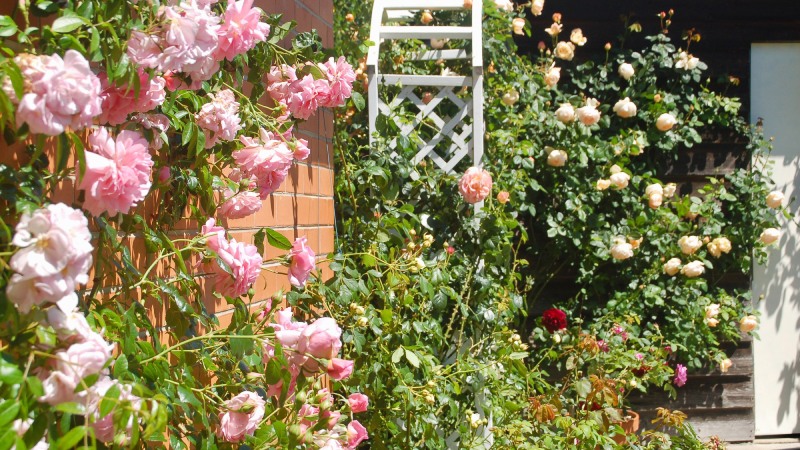 Roses
Roses
3 Azalea
is unique as it blooms in winter. However, dense foliage during cold months can deplete its energy. To ensure azaleas have sufficient strength to bloom beautifully the following spring, it is necessary to prune in late autumn or early winter.
When pruning, remove dense foliage, dry branches, and diseased parts to reduce the leaf area, thereby decreasing photosynthesis and respiration rates, and conserving the plant’s energy. This also allows more light to penetrate the canopy, improving airflow.
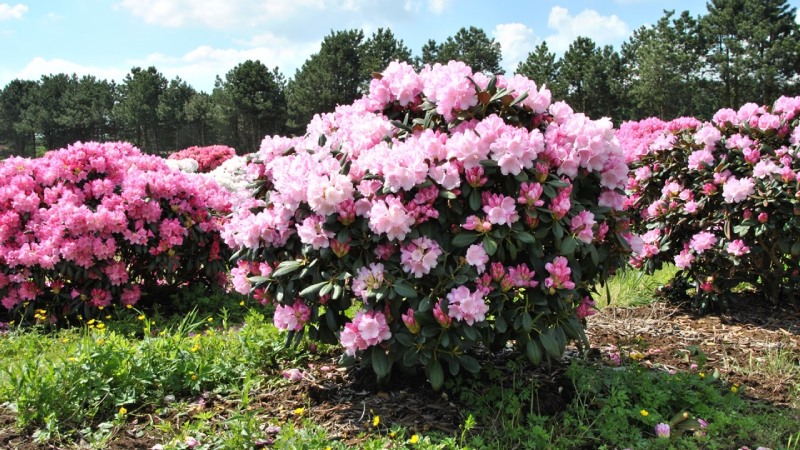 Azalea
Azalea
4 Lantana
tends to enter dormancy when temperatures drop. To prepare lantana to endure winter and thrive in spring, pruning is essential.
When pruning, remove yellow or wilted leaves, dry branches, and diseased parts to focus the plant’s energy on healthy sections. Pruning upper shoots will stimulate the growth of lateral shoots, improving the plant’s shape and promoting more uniform blooming. However, avoid cutting too deeply to prevent damage to the main stem.
Pruning lantana also helps reduce water loss, aiding in moisture retention, especially in dry conditions. Additionally, removing diseased parts prevents the spread of infections to other parts of the plant.
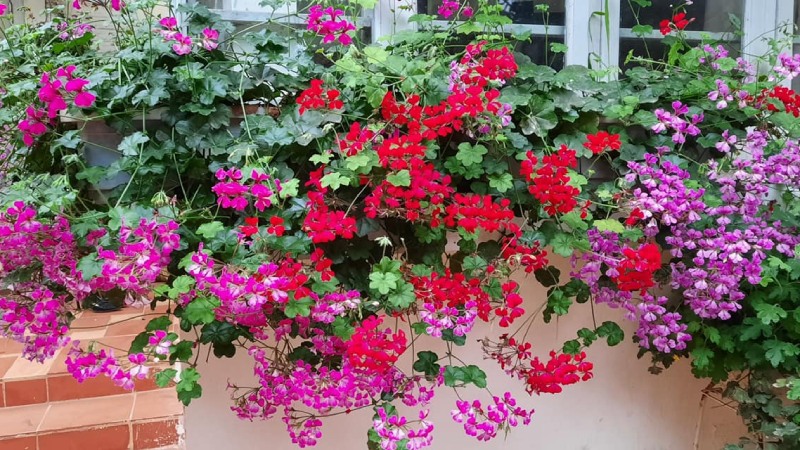 Lantana
Lantana
5 Money Plant
is a moisture-loving, light-preferring houseplant that is sensitive to low temperatures. As winter approaches, its branches and leaves will turn yellow and wither. To help it endure the harsh season and thrive in spring, pruning before winter is necessary.
Pruning will remove old, damaged parts, allowing the plant to focus its energy on the roots, enhancing its health and cold resistance. Pruning all branches and leaves before winter reduces water loss, preventing dehydration and wilting.
In spring, when warmer temperatures return, the plant will produce new, vibrant shoots. Prior pruning encourages uniform growth, resulting in a lush, attractive plant.
 Money Plant
Money Plant
6 Hydrangea
Hydrangeas, after their vibrant blooming season, enter a resting phase. To prepare for a fresh, beautiful blooming season, pruning is vital.
When pruning, remove faded flowers, old branches, diseased parts, and densely growing branches. This helps the plant focus its energy on healthy branches while allowing more light to penetrate the canopy, improving airflow.
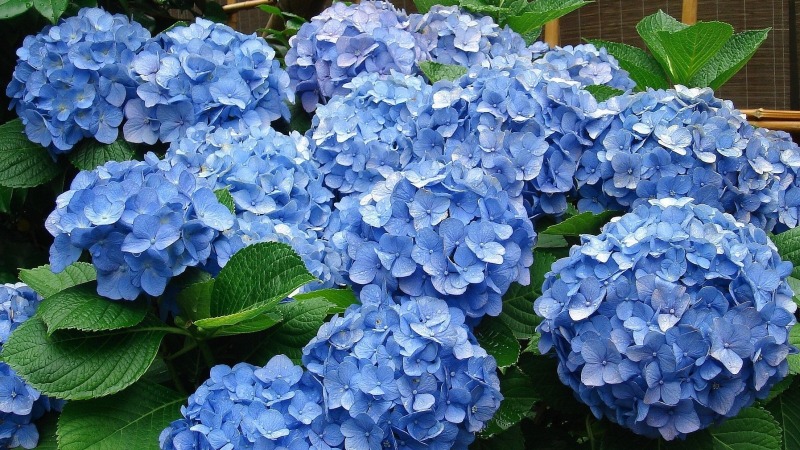 Hydrangea
Hydrangea
7 Peace Lily
brings aesthetic appeal and symbolizes luck and tranquility. To ensure its lush growth and health, especially in winter, proper pruning is essential.
During winter, as temperatures drop, peace lilies tend to drop their leaves and may develop diseased branches. Removing yellow leaves, dry branches, and diseased parts improves airflow, reduces the risk of disease spread, and focuses the plant’s energy on healthy sections.
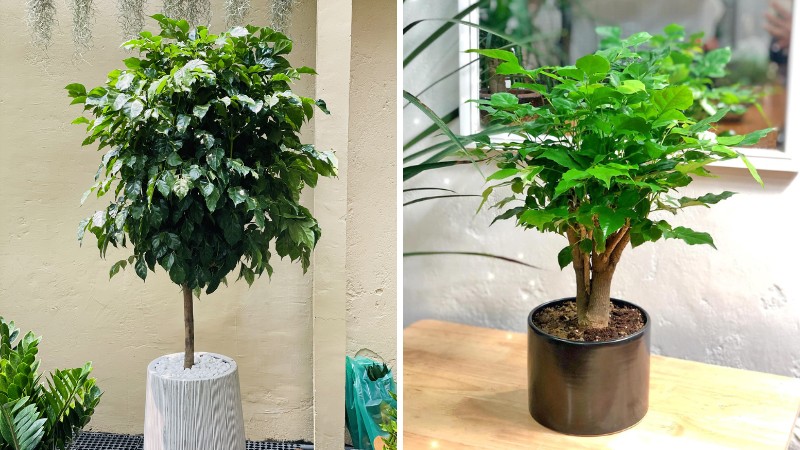 Peace Lily
Peace Lily
8 Asparagus Fern
Asparagus Fern, or Asparagus Setaceus, requires meticulous care, especially when it comes to pruning. In winter, as the plant enters its dormant phase, pruning becomes even more critical.
Pruning asparagus fern helps remove old, weak, and diseased branches, allowing the development of new, healthy growth. For mature asparagus ferns (over 3 years old), trim back long vines to prevent tangling and improve airflow and visibility.
To achieve a pleasing shape, consider the ratio of foliage to pot size. Typically, the foliage volume should be about three times the pot size for a well-balanced plant.
After pruning, fertilize the plant to replenish nutrients and aid in its recovery. Also, ensure adequate watering to maintain moisture in the soil.
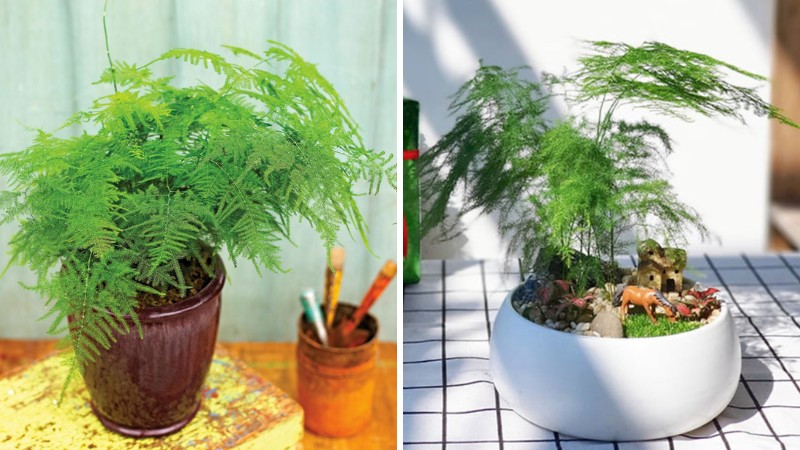 Asparagus Fern
Asparagus Fern
9 Jasmine
thrives in sunny conditions and requires regular pruning to grow well and bloom consistently. Pruning in winter is particularly important for this plant.
The primary goal of winter pruning is to improve airflow, reduce water loss, and enhance the plant’s cold tolerance. Additionally, pruning removes old, weak, and diseased branches, promoting the growth of new, healthy shoots.
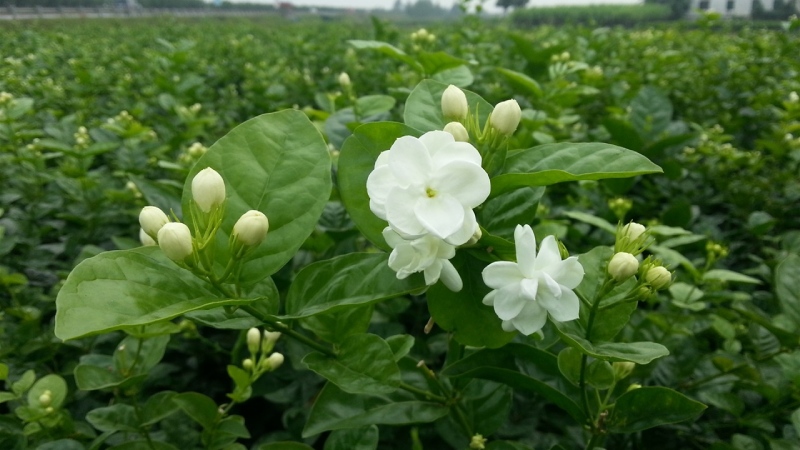 Jasmine
Jasmine
10 Sweet Osmanthus
, with its enchanting fragrance and delicate beauty, is beloved by many. To ensure its vibrancy and consistent blooming, pruning is crucial, especially after its blooming season in autumn.
Following the blooming season, remove faded flowers, wilted flower stalks, and diseased parts. This directs the plant’s energy to new buds, encouraging uniform blooming in subsequent seasons.
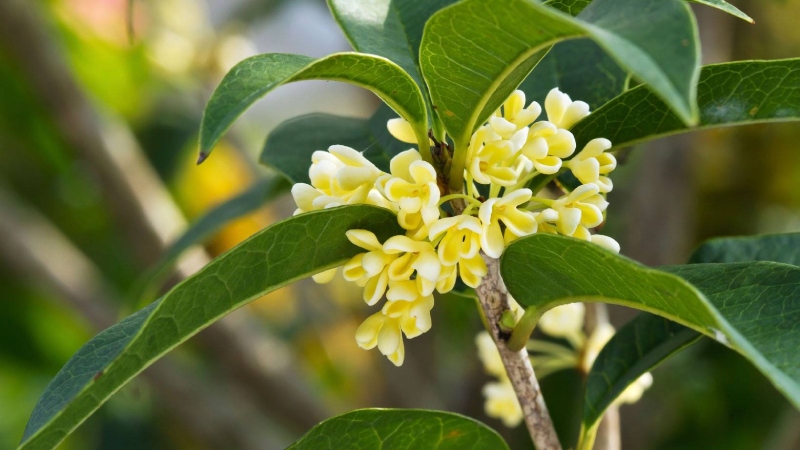 Sweet Osmanthus
Sweet Osmanthus
Pruning plants before winter is not just about aesthetics but also a way to carefully tend to their needs, ensuring their health and vibrant blooming in spring. Take the time to care for your garden, and you will be rewarded with the joy of witnessing the beauty of blooming flowers.



































